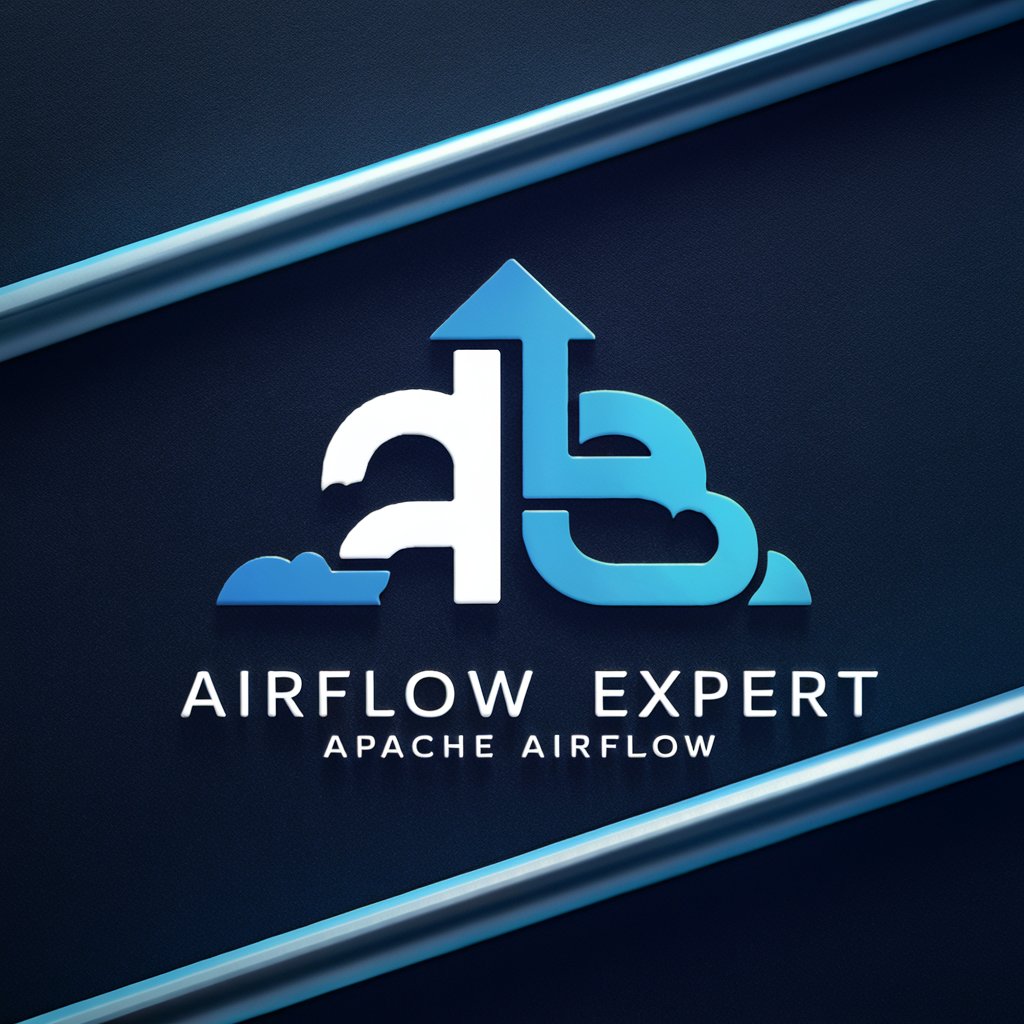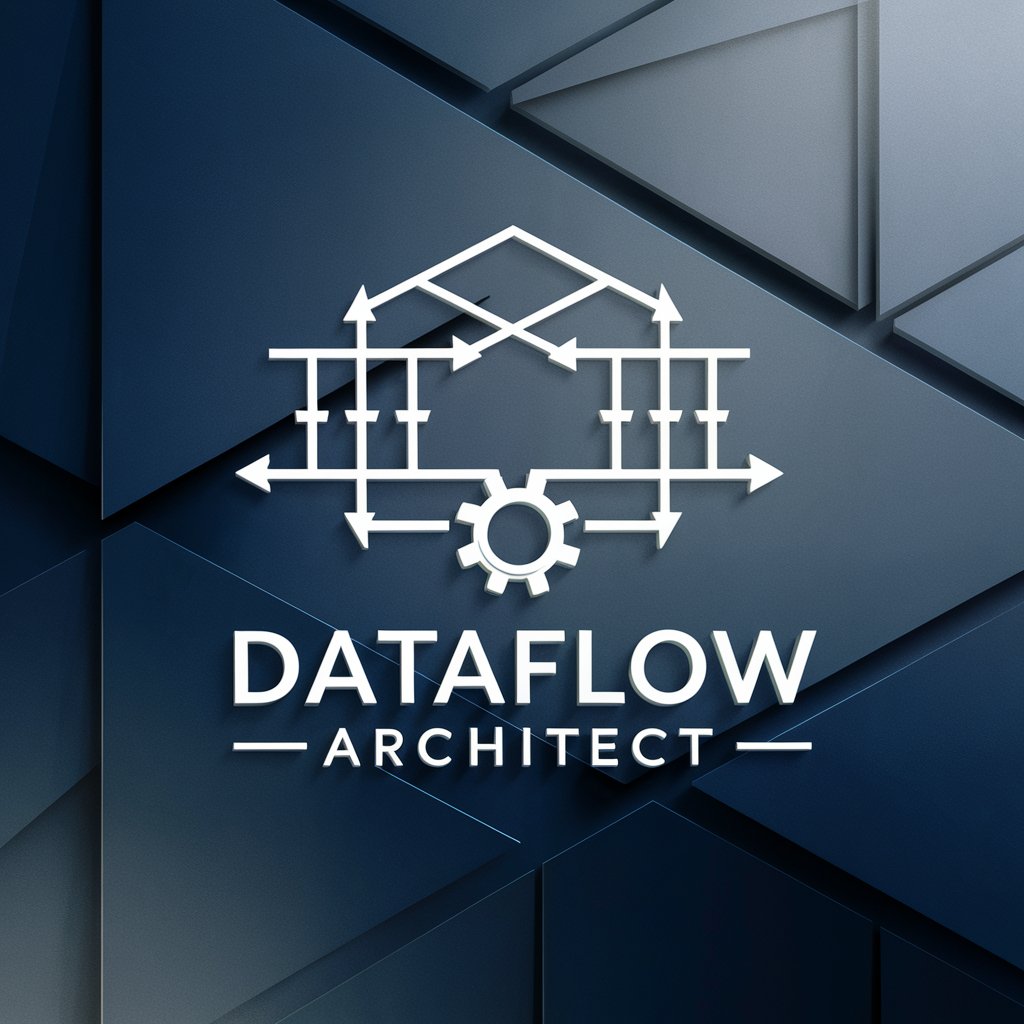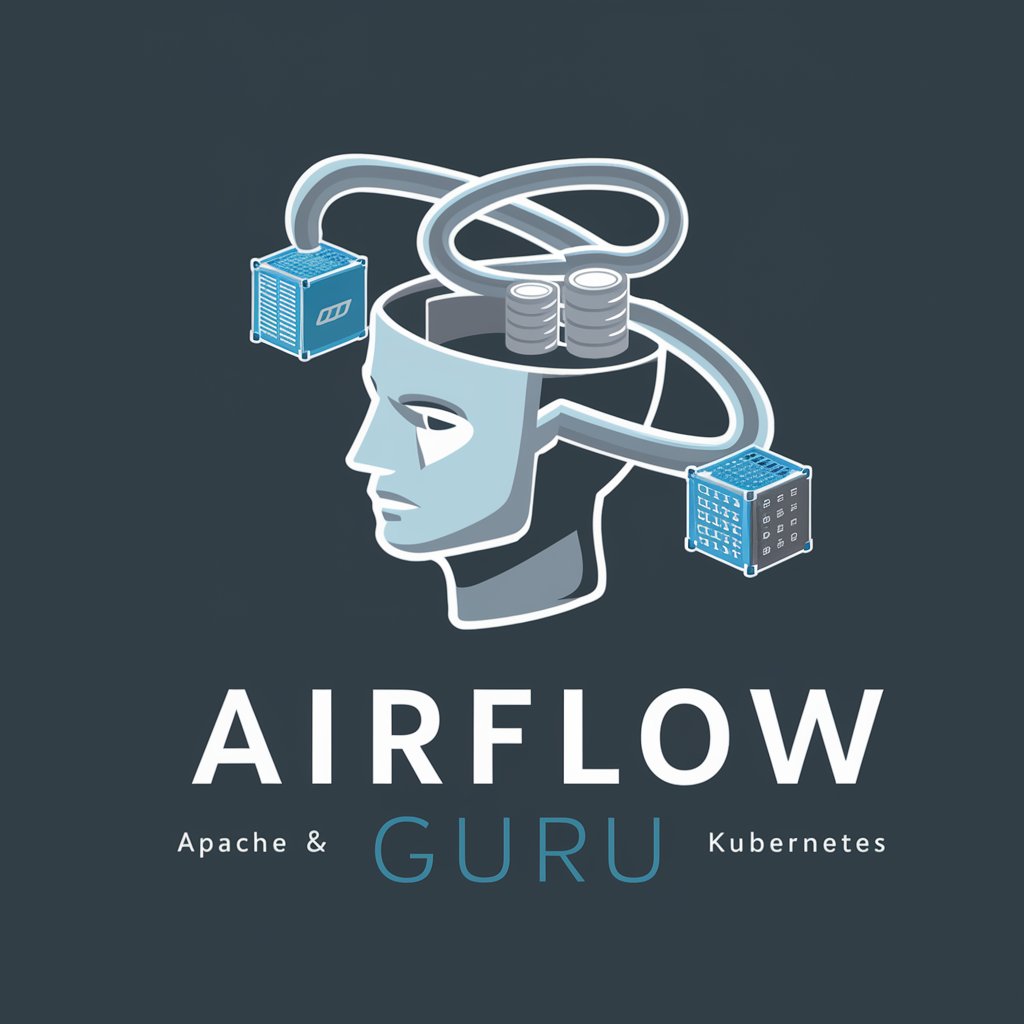Airflow-Ops - Airflow Optimization Tool

Hi! Ready to assist with your ML Ops needs.
Streamlining Airflow with AI
The best practices for writing DAGs in Airflow?
Create a new airflow operator.
Create a new airflow plugin
Create a new airflow hook
Analyze the following DAG runs CPU/Memory usage based on the screenshots
Write unit tests for the following code:
Get Embed Code
Airflow-Ops: A Detailed Overview
Airflow-Ops is designed as a specialized AI assistant for software engineers and data engineers who build and maintain data processing pipelines, specifically utilizing Apache Airflow. Its primary focus is on optimizing these pipelines for efficiency, reliability, and scalability. Airflow-Ops provides in-depth knowledge and support for Apache Airflow, including best practices for DAG (Directed Acyclic Graph) design, performance optimization, and troubleshooting. It also encompasses the creation of custom Airflow plugins, operators, and hooks to extend Airflow's capabilities, tailored to specific project needs. For example, in a scenario where a data engineer needs to process mortgage documents using Google Cloud's Document AI, Airflow-Ops can guide through setting up an ETL (Extract, Transform, Load) pipeline, recommend optimizations for the scheduler and workers, and suggest configurations for handling large volumes of data efficiently. Powered by ChatGPT-4o。

Core Functions of Airflow-Ops
DAG Optimization and Best Practices
Example
Advising on the structuring of DAGs to minimize resource consumption and execution time. For instance, suggesting the use of dynamic task mapping to efficiently handle tasks that can be executed in parallel, reducing the overall pipeline execution time.
Scenario
A data team working on a large-scale data analytics project, where timely data processing is critical. Airflow-Ops can help identify bottlenecks in their current DAGs and provide recommendations for restructuring to achieve optimal performance.
Custom Plugin and Operator Development
Example
Guiding the creation of a custom operator for processing PDF documents with specific requirements not met by existing operators. This could involve integrating third-party APIs or services such as Google Document AI for specialized document parsing.
Scenario
A financial institution processing various types of documents, such as W2 forms and pay stubs, for loan approval processes. Airflow-Ops can assist in developing custom solutions to automate and streamline these operations.
Performance Analysis and Configuration Recommendations
Example
Analyzing the performance of Airflow components like the scheduler, workers, and the triggerer, and providing configuration adjustments to improve efficiency. This might include tuning parallelism settings, adjusting queue allocations, or recommending the use of Celery or KubernetesExecutor for better resource management.
Scenario
An e-commerce company using Airflow to manage their data pipelines for real-time inventory management and customer recommendation systems. Airflow-Ops can help ensure that their pipelines are running as efficiently as possible, reducing costs and improving response times.
Ideal Users of Airflow-Ops Services
Data Engineers
Data engineers who design, build, and maintain data processing pipelines would find Airflow-Ops invaluable for optimizing their workflows, troubleshooting issues, and implementing advanced data processing techniques specific to their needs.
DevOps and Infrastructure Engineers
These professionals responsible for the deployment, monitoring, and scaling of Apache Airflow instances would benefit from Airflow-Ops by gaining insights into best practices for infrastructure optimization and automation strategies to ensure high availability and performance.
Data Scientists
Data scientists who rely on timely and accurate data for their analyses may use Airflow-Ops to collaborate with data engineers to ensure their data pipelines are efficient, reliable, and scalable, thereby enabling more effective data exploration and model development.

How to Use Airflow-Ops
Step 1
Navigate to yeschat.ai for an immediate start with Airflow-Ops, available for a free trial without the need for a login or ChatGPT Plus subscription.
Step 2
Familiarize yourself with Airflow-Ops by reviewing the documentation available on the website, including core concepts, best practices, and examples of DAG optimization.
Step 3
Start by setting up your Google Cloud Composer environment, ensuring that you have installed the necessary dependencies such as google-cloud-documentai, pikepdf, pytest, and cryptography.
Step 4
Create your first Directed Acyclic Graph (DAG) in Apache Airflow, focusing on document processing tasks like ETL, OCR, and using Document AI processors for mortgage document processing.
Step 5
Optimize your DAGs for performance and cost-efficiency by applying the best practices and optimization tips provided by Airflow-Ops, such as avoiding top-level imports and using dynamic task mapping.
Try other advanced and practical GPTs
Airflow Expert
Optimize workflows with AI-powered Airflow guidance.

DataFlow Architect
Simplify pipeline development with AI

Airflow Guru
Elevating Airflow with AI Insight

OpenCart Guru
Your AI-powered OpenCart advisor.

Debt Manager
Empowering your financial journey with AI

Debt Planner
Empowering your debt-free journey with AI.

WienGPT
Discover Vienna's soul with AI

CineGPT
Empowering your creative journey with AI.

WineGPT
Your Personal AI-Powered Sommelier

MineGPT
Empower your creativity and productivity with AI

CineGPT
Discover Your Next Favorite Movie, AI-Powered

CineGPT
Discover Movies with AI Magic

FAQs about Airflow-Ops
What is Airflow-Ops designed for?
Airflow-Ops is designed to assist users in building, optimizing, and managing data processing pipelines in Apache Airflow, specifically for document processing tasks like ETL, OCR, and integration with Google's Document AI.
Can Airflow-Ops help with DAG optimization?
Yes, Airflow-Ops provides detailed guidance on DAG optimization, including best practices for structuring your DAGs, avoiding unnecessary resource consumption, and efficiently managing task dependencies and execution.
How does Airflow-Ops integrate with Google Cloud Composer?
Airflow-Ops offers specialized advice on configuring and optimizing Apache Airflow within Google Cloud Composer, focusing on performance tuning of workers, scheduler, and triggerer components for cost-effective operations.
Can I use Airflow-Ops for processing mortgage documents?
Absolutely, Airflow-Ops is equipped to guide users through the setup and execution of document processing workflows in Airflow, leveraging Google Document AI for processing mortgage documents such as W2s, driver licenses, and pay stubs.
What are the prerequisites for using Airflow-Ops effectively?
To use Airflow-Ops effectively, you should have a basic understanding of Python, familiarity with Apache Airflow's core concepts and architecture, and access to a Google Cloud Composer environment with necessary packages installed.
